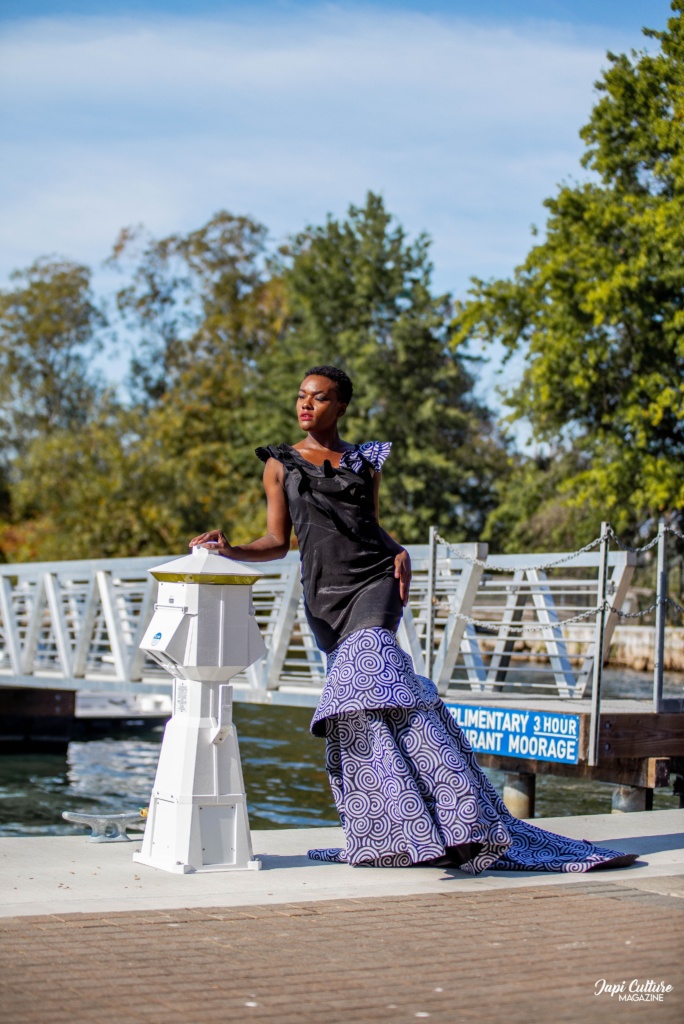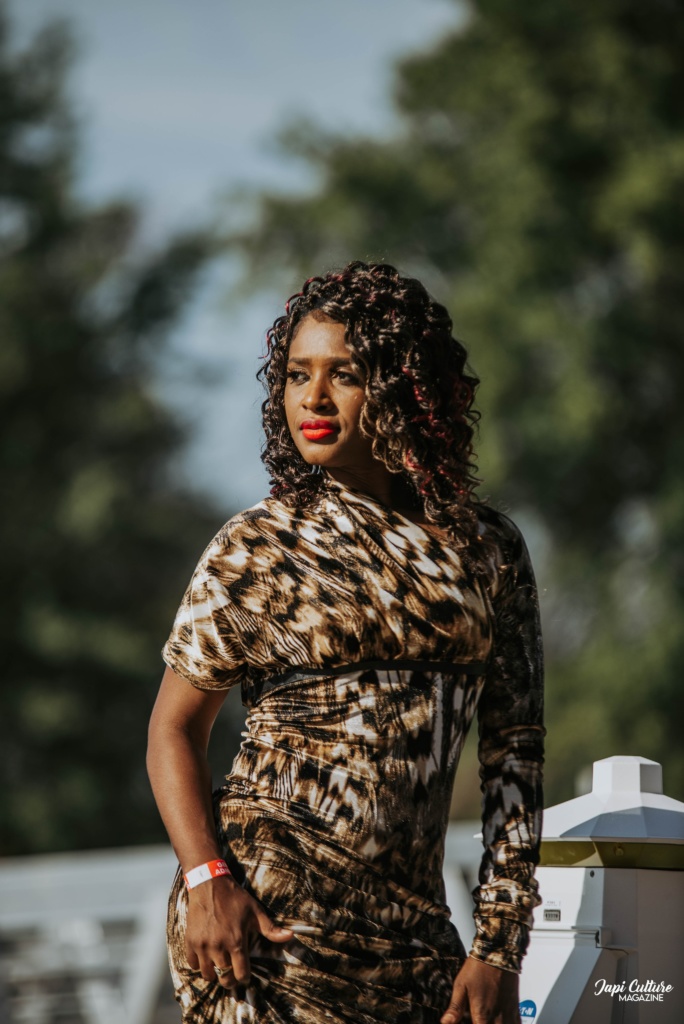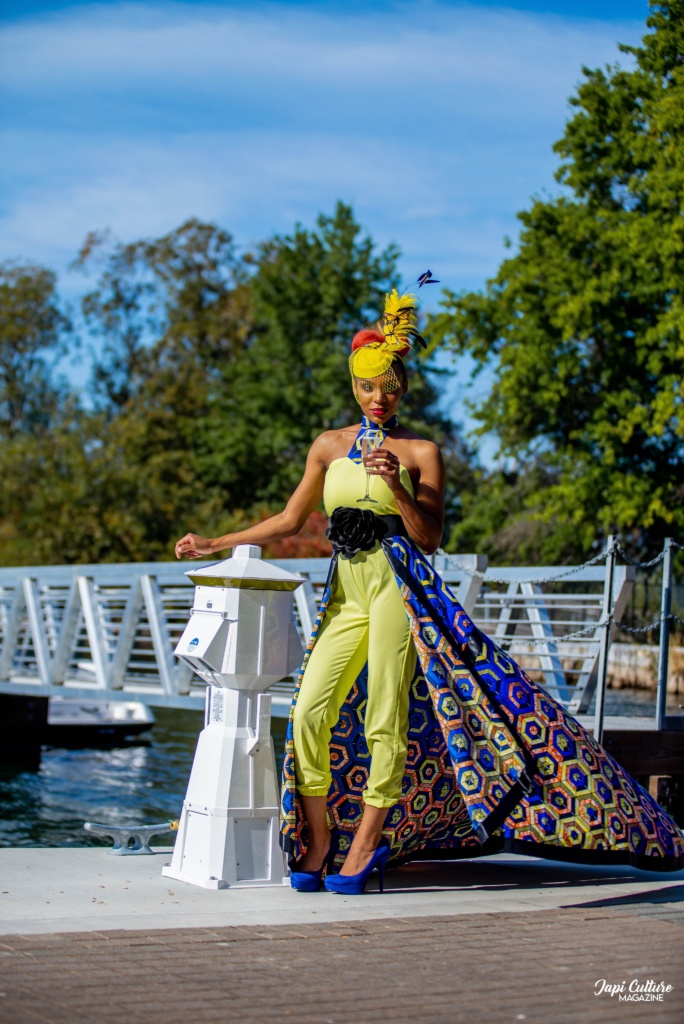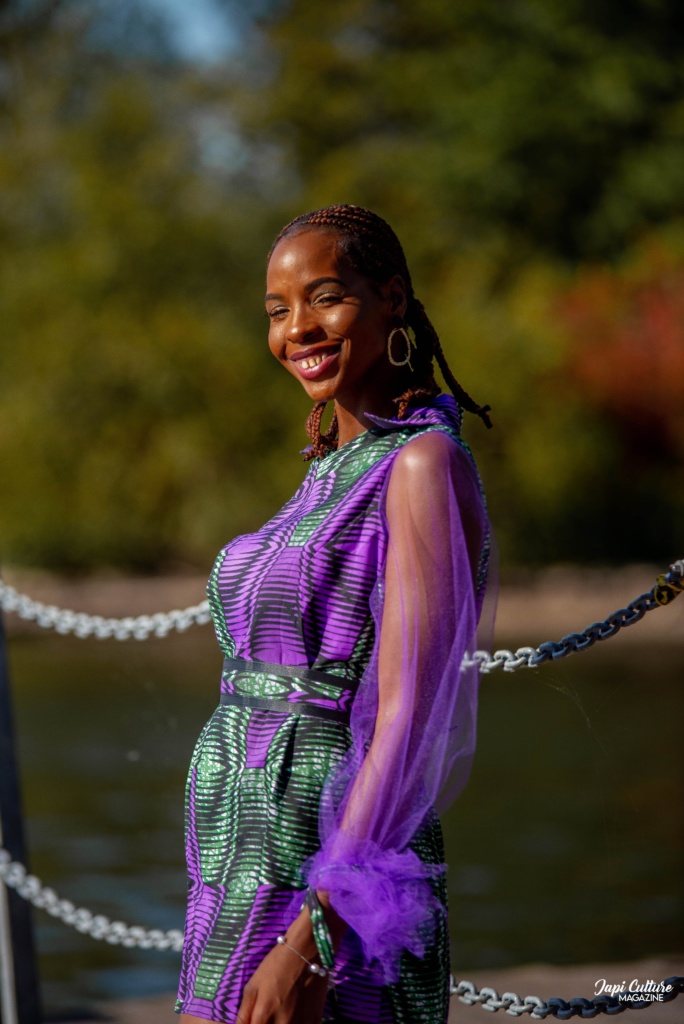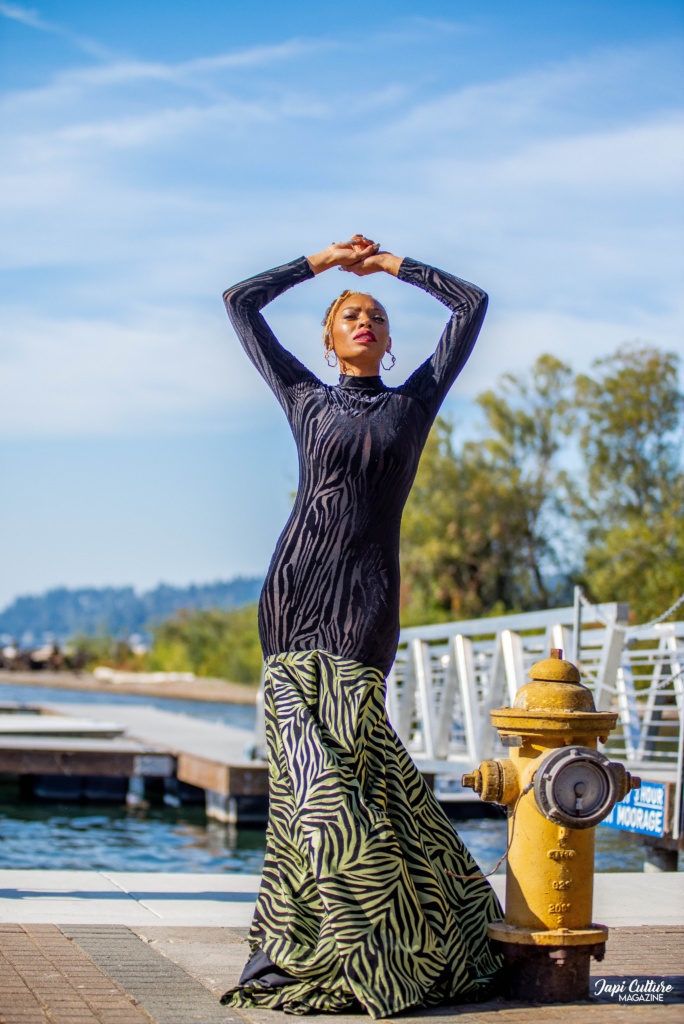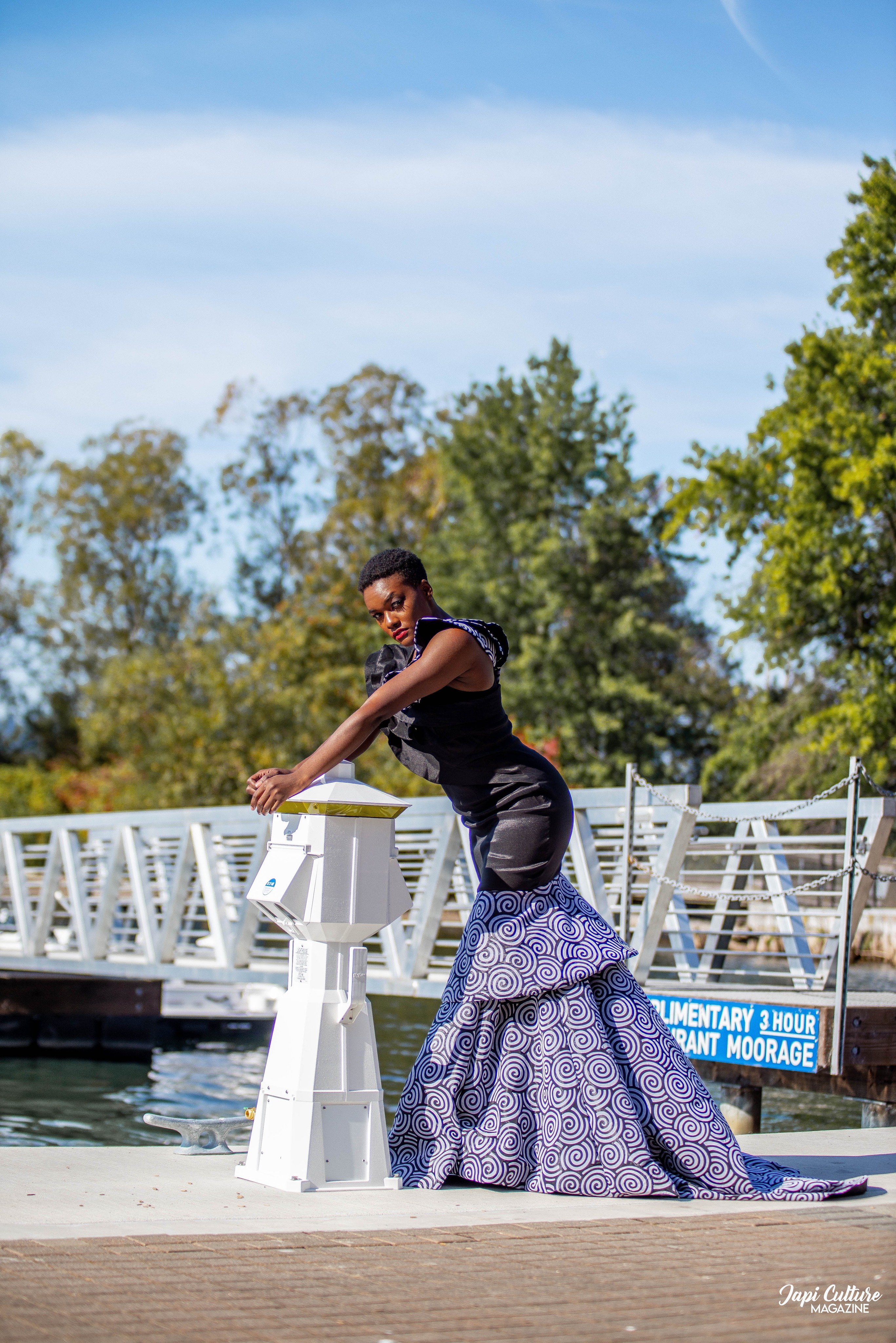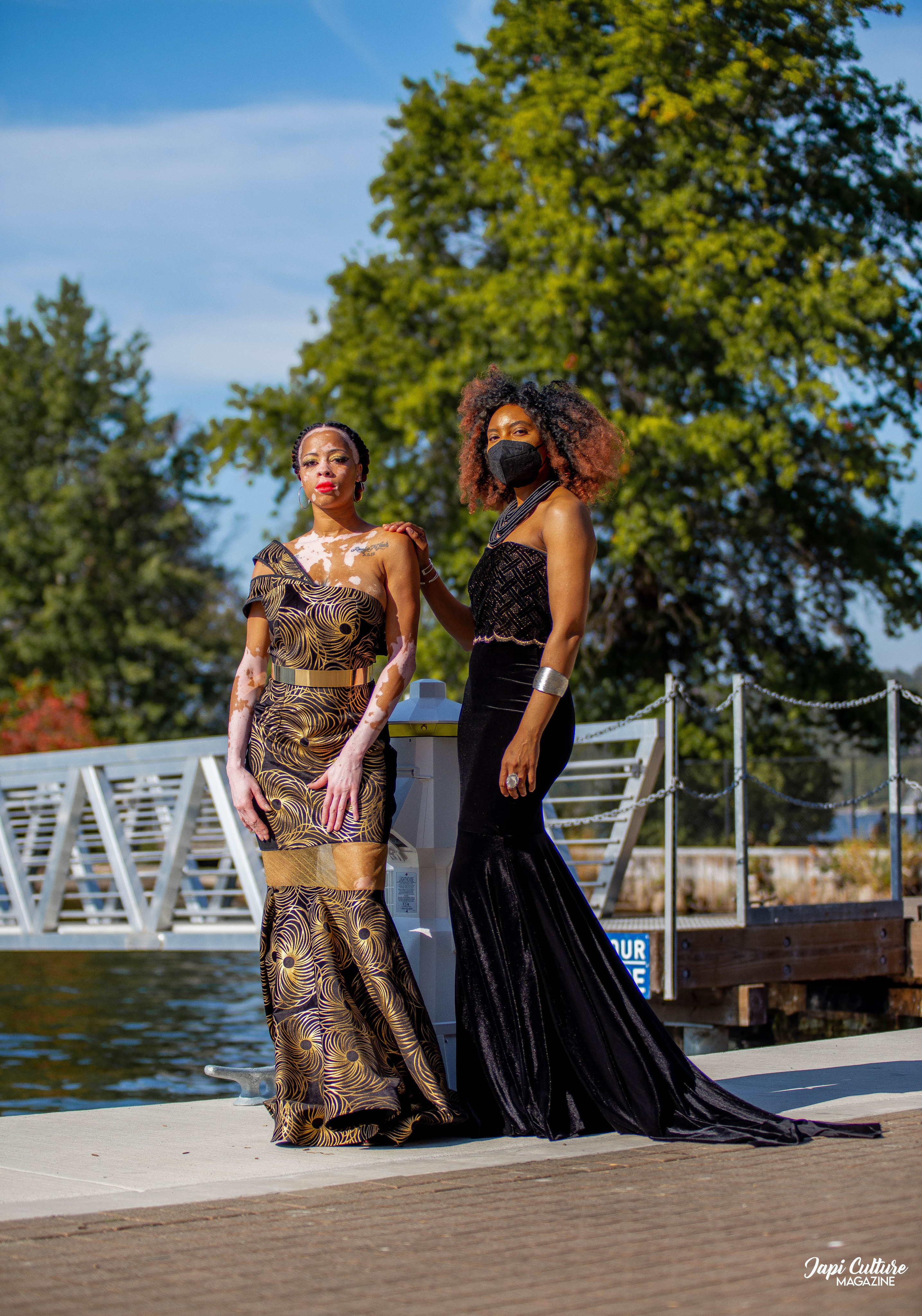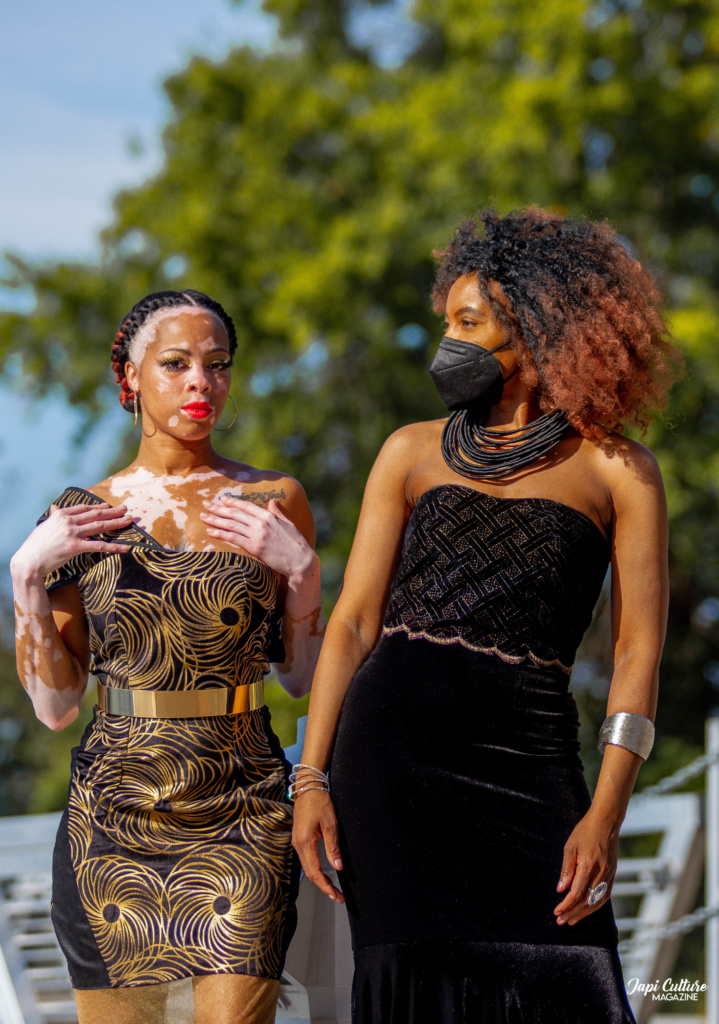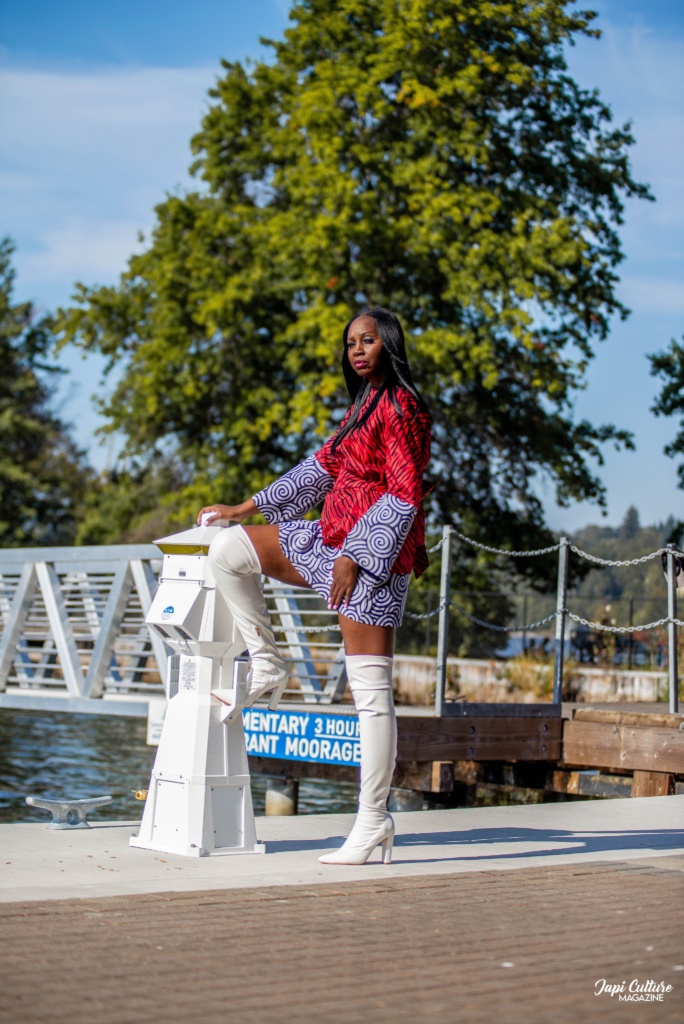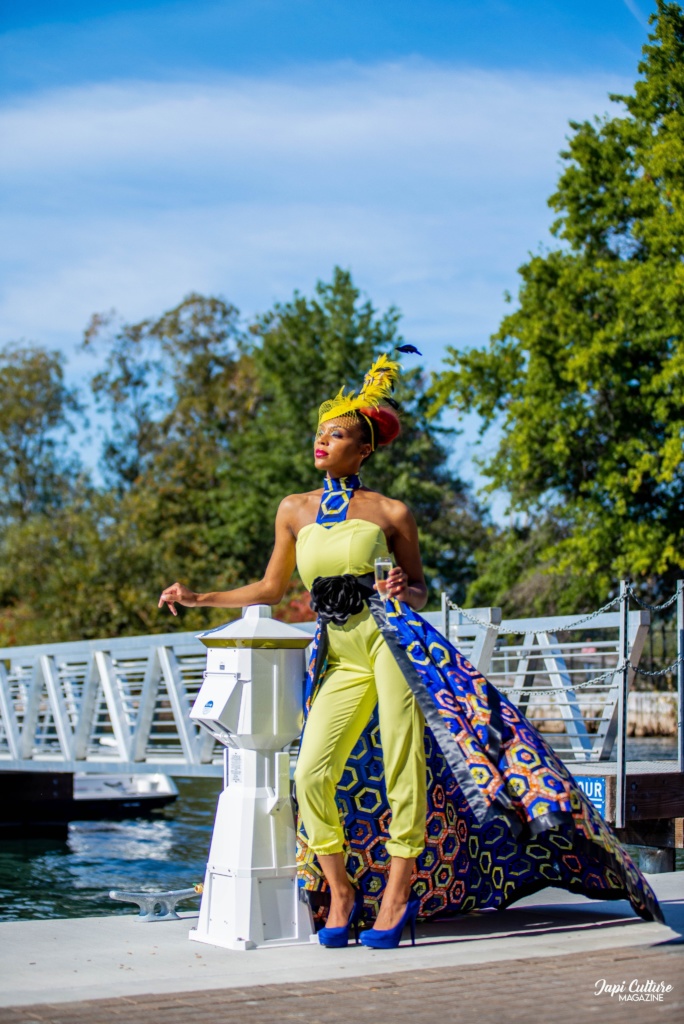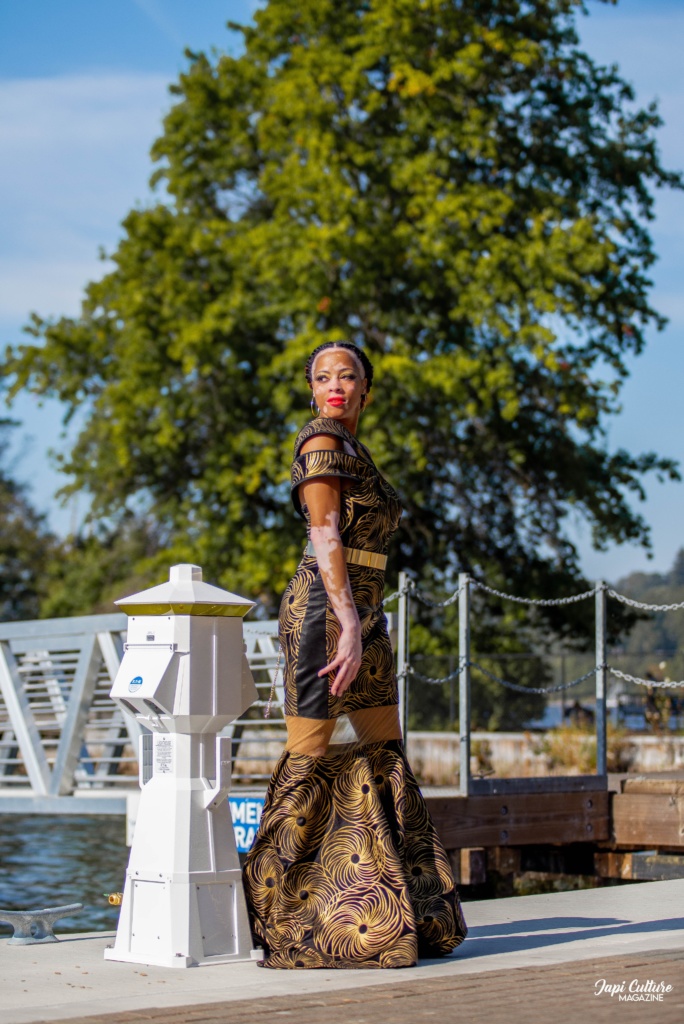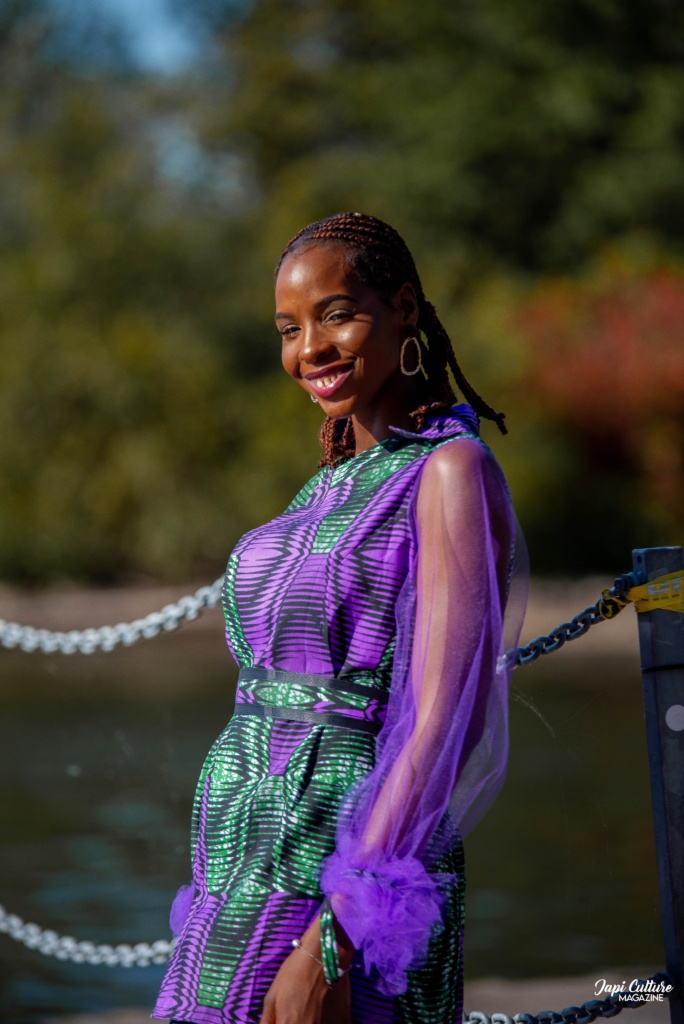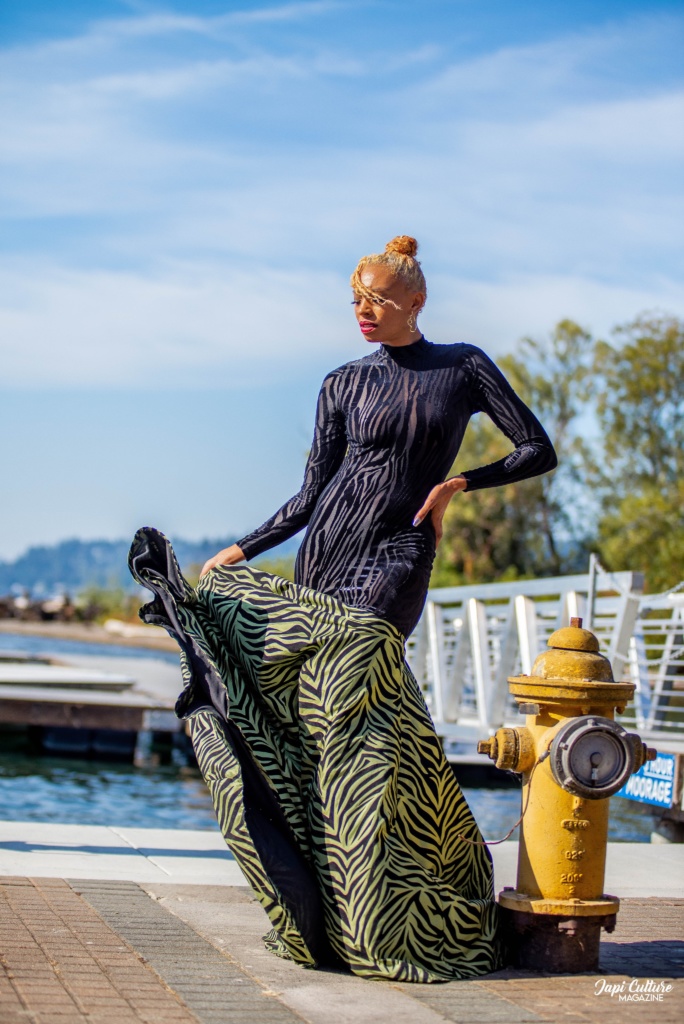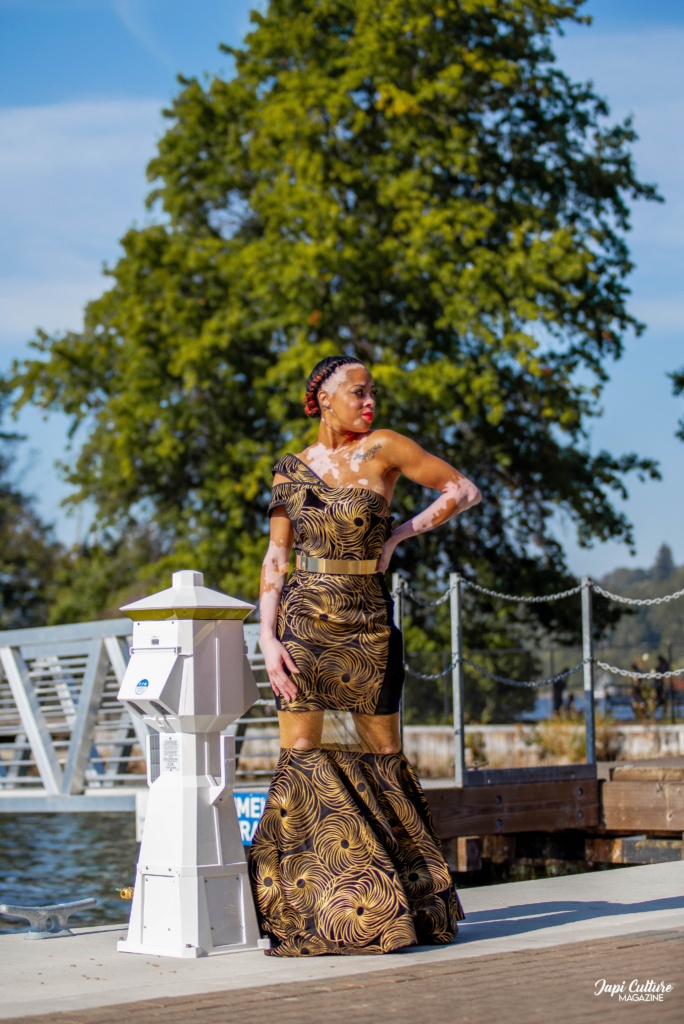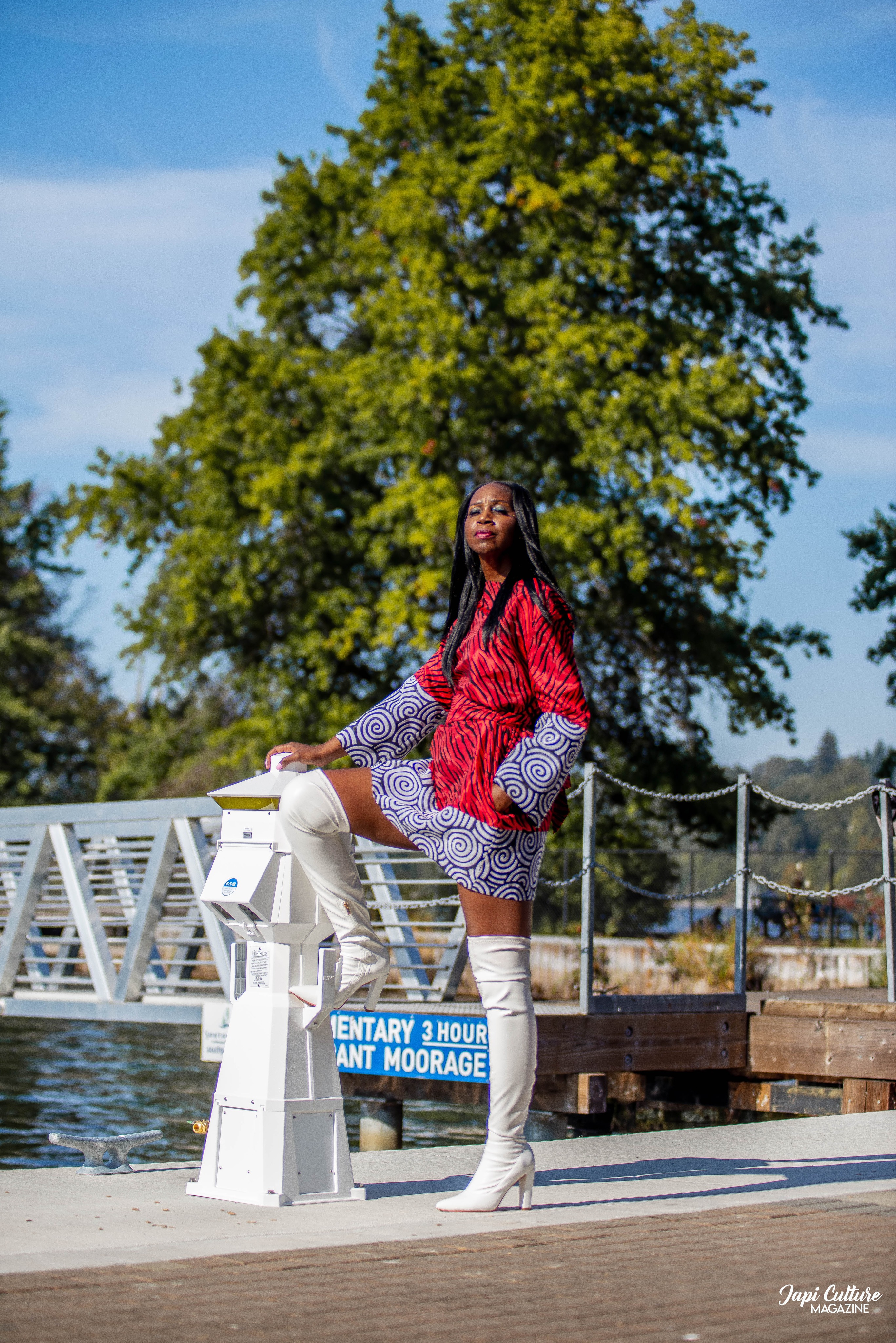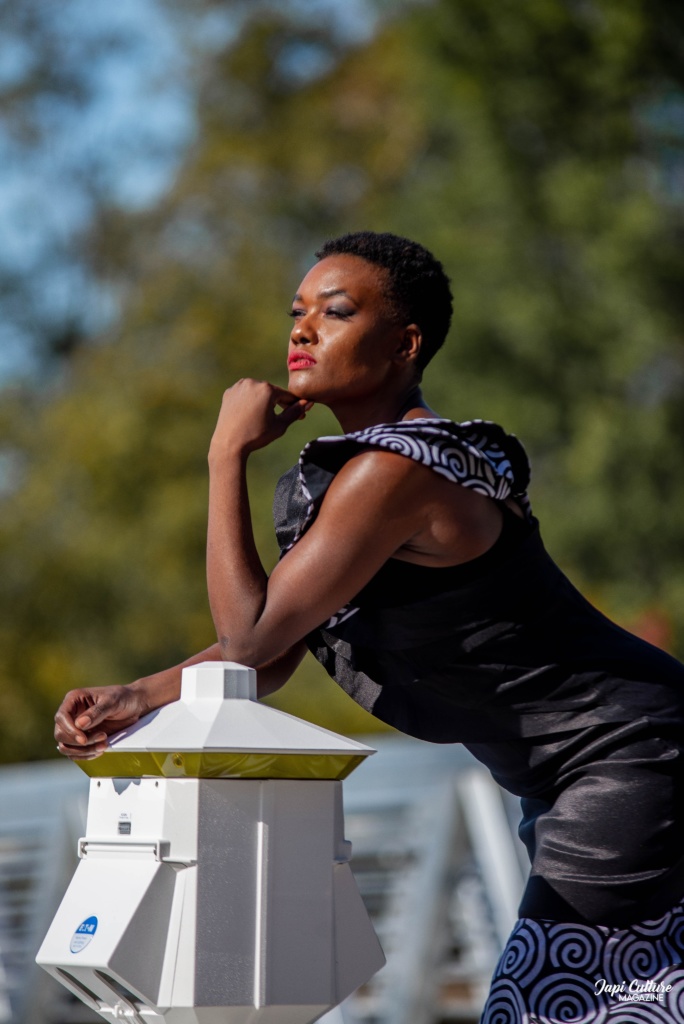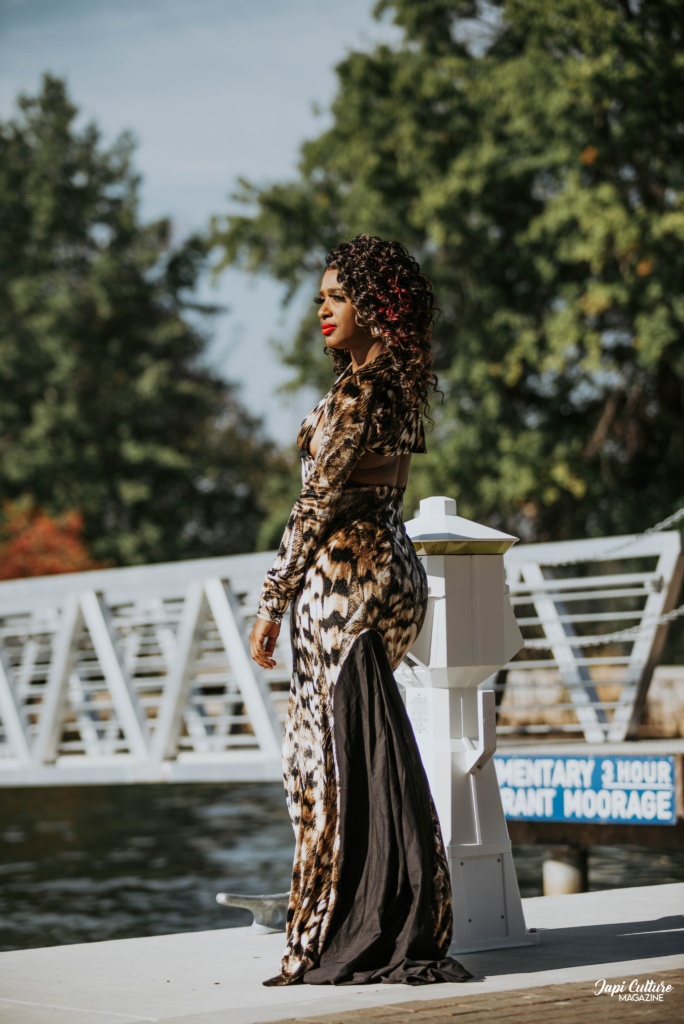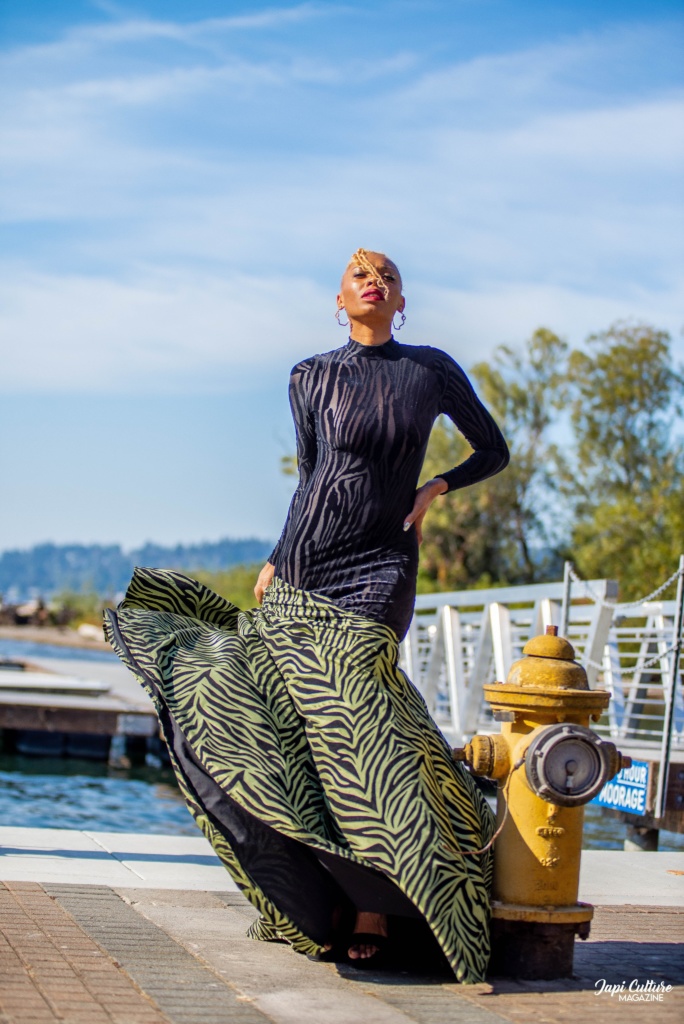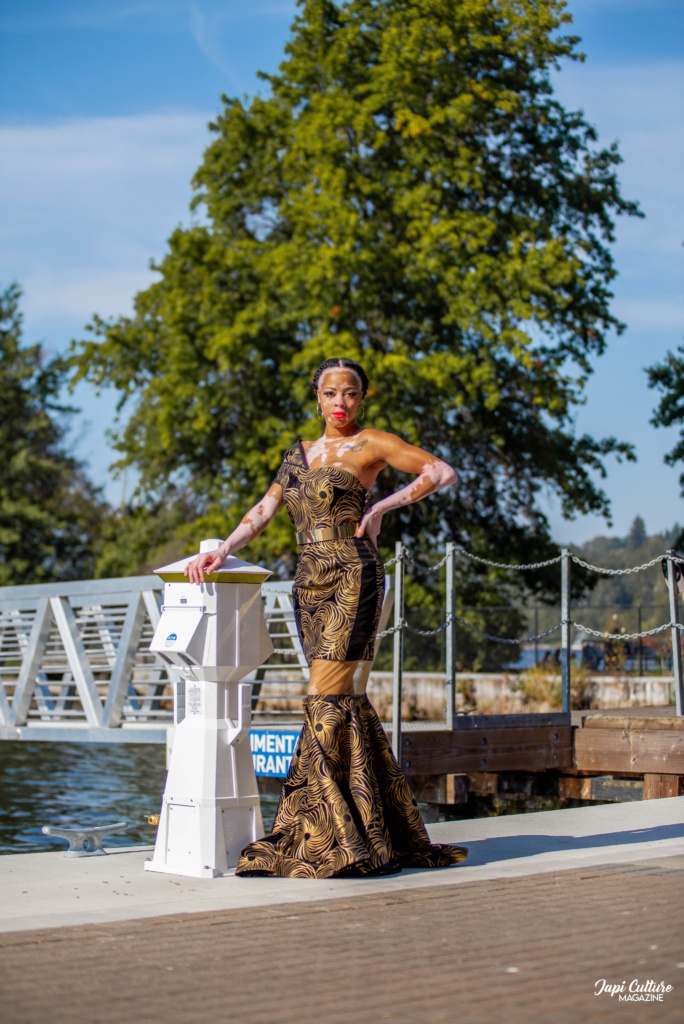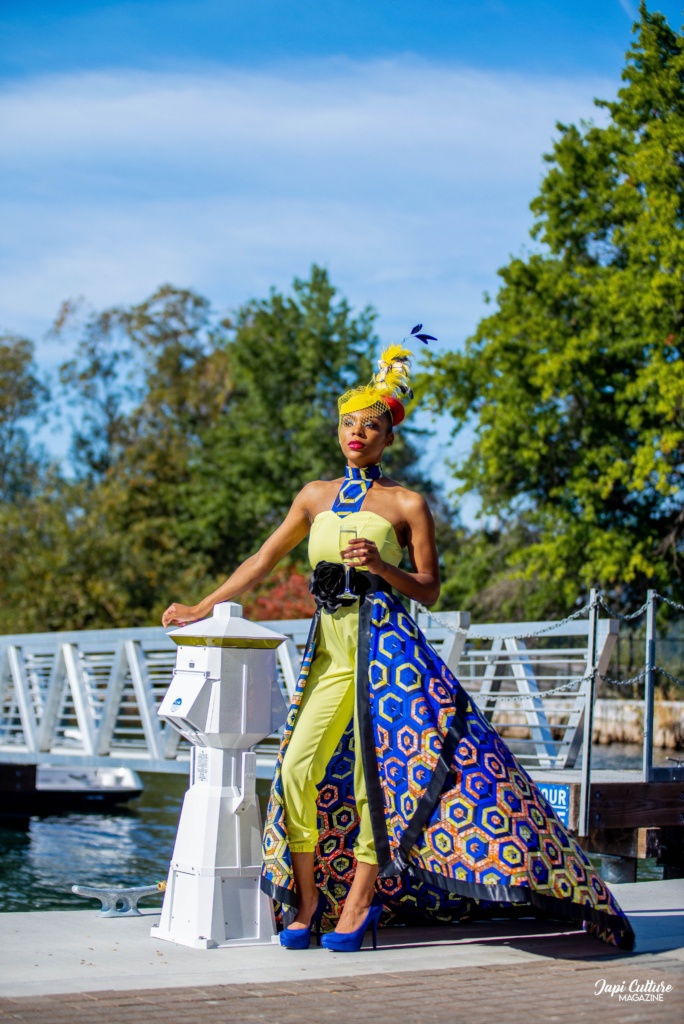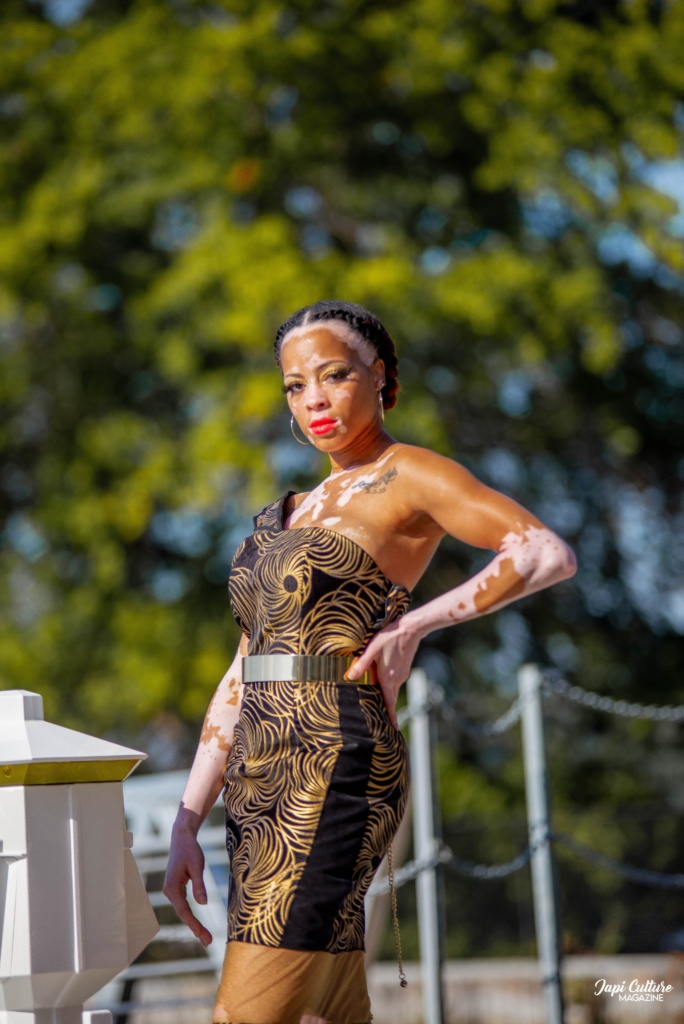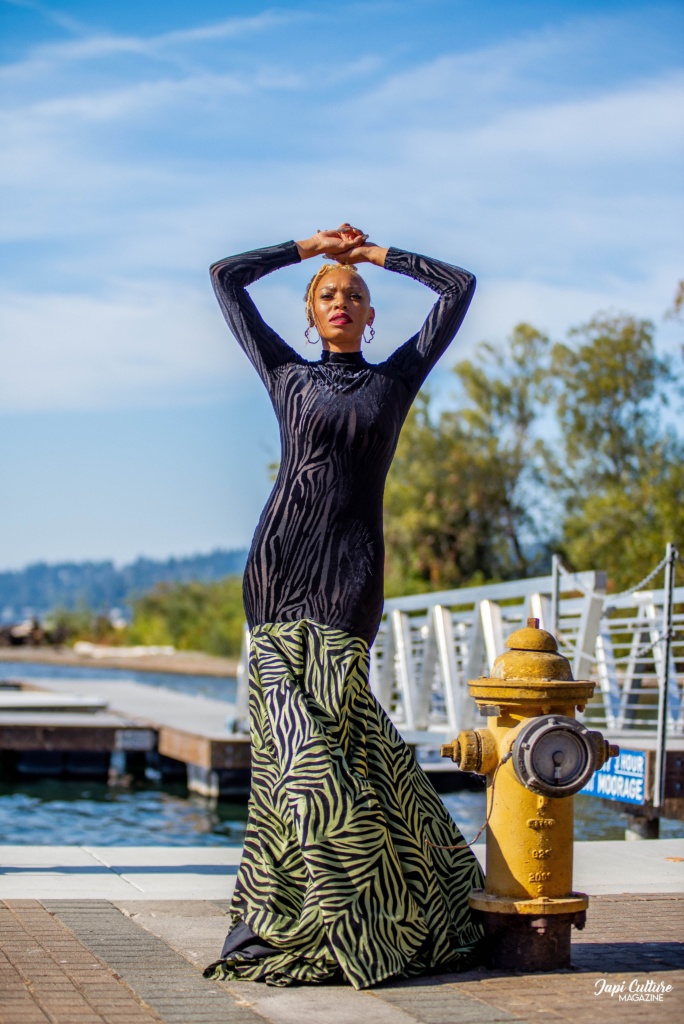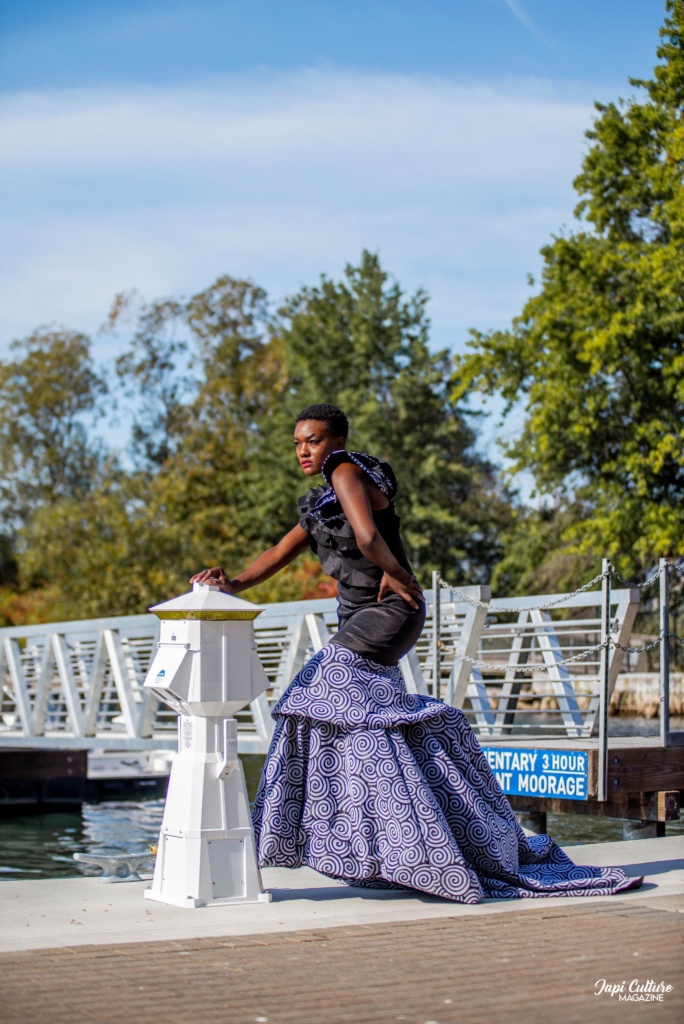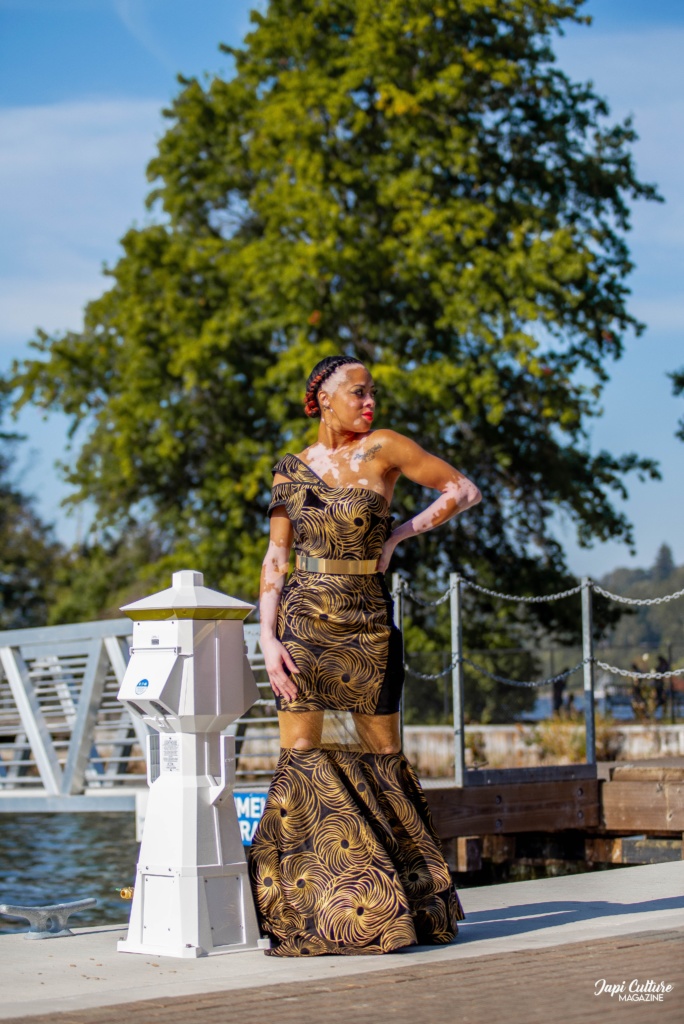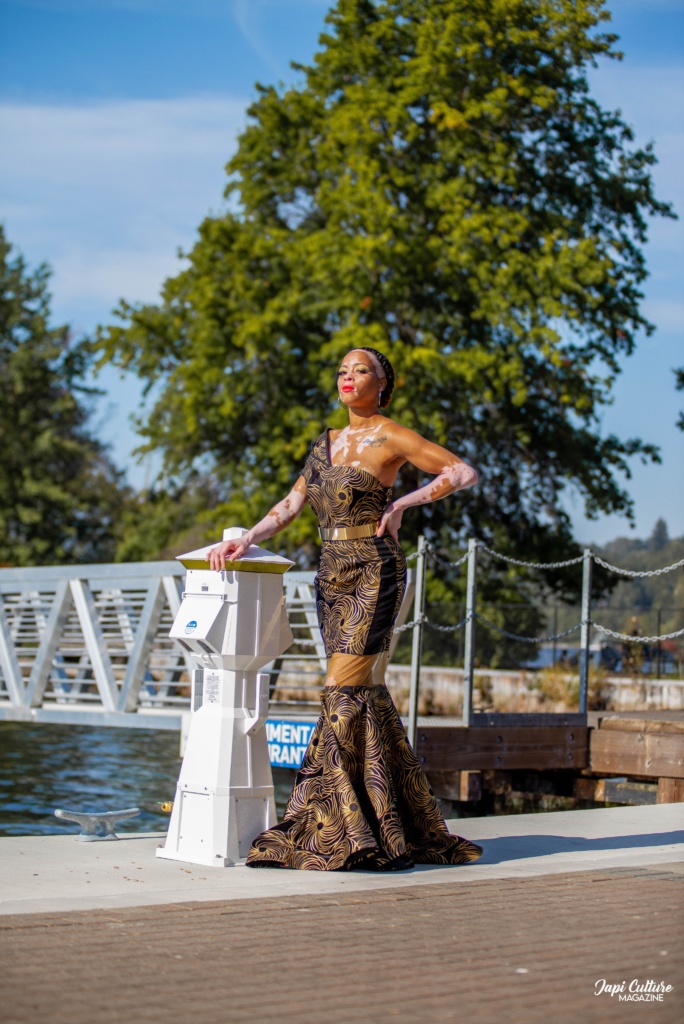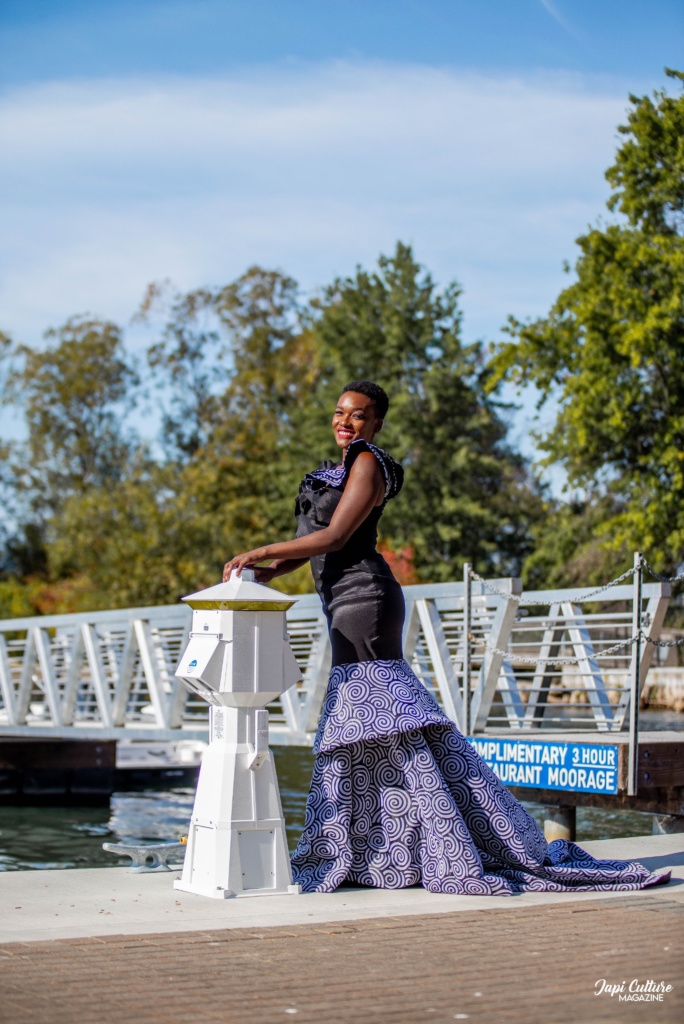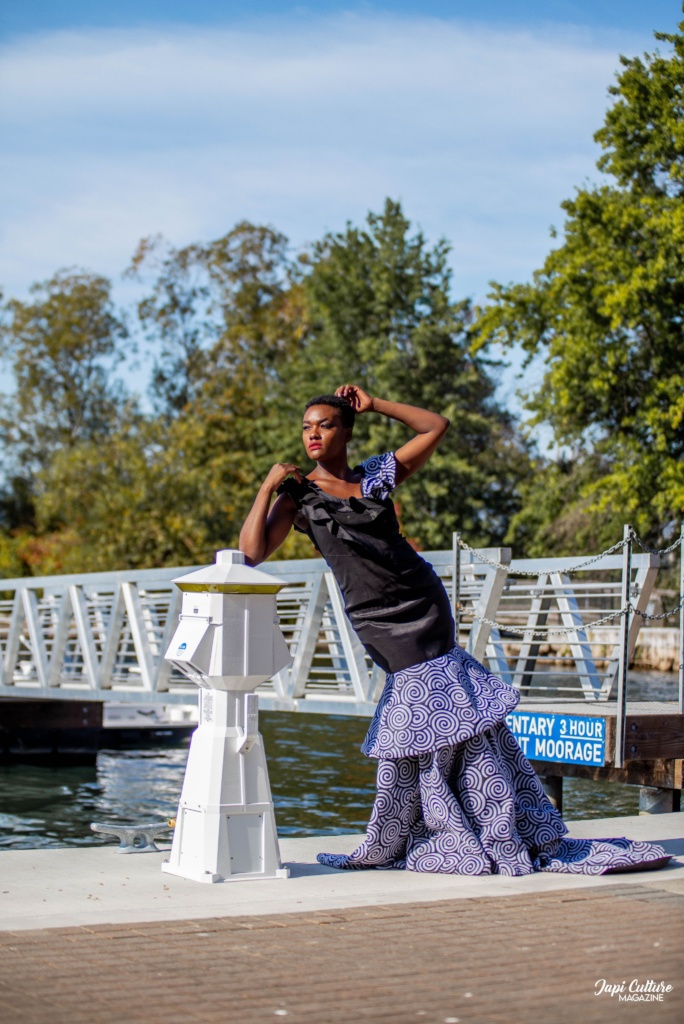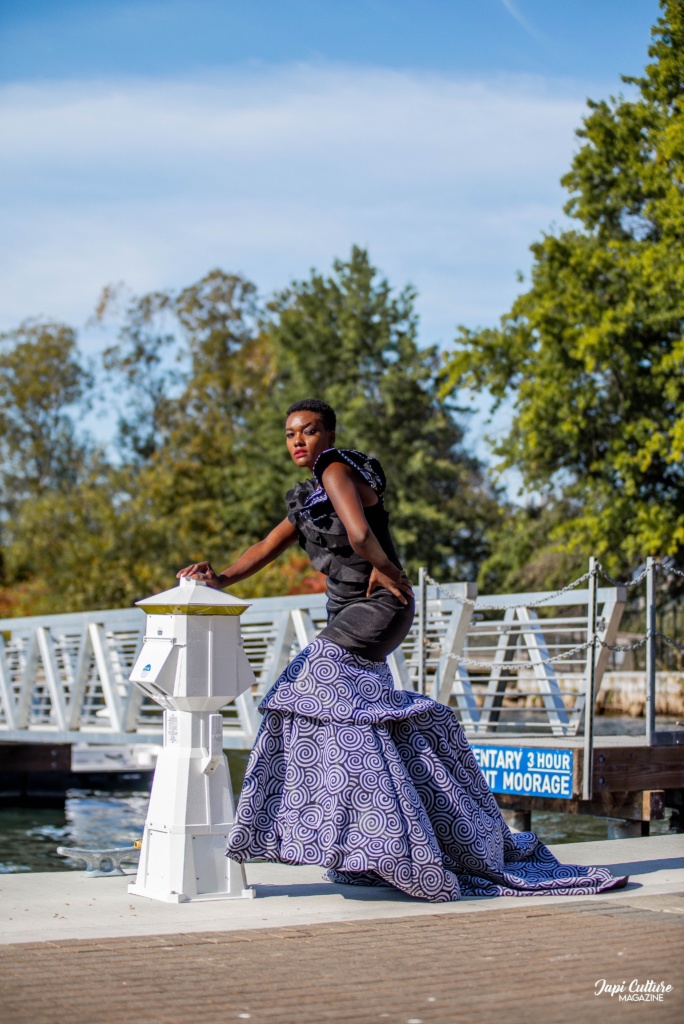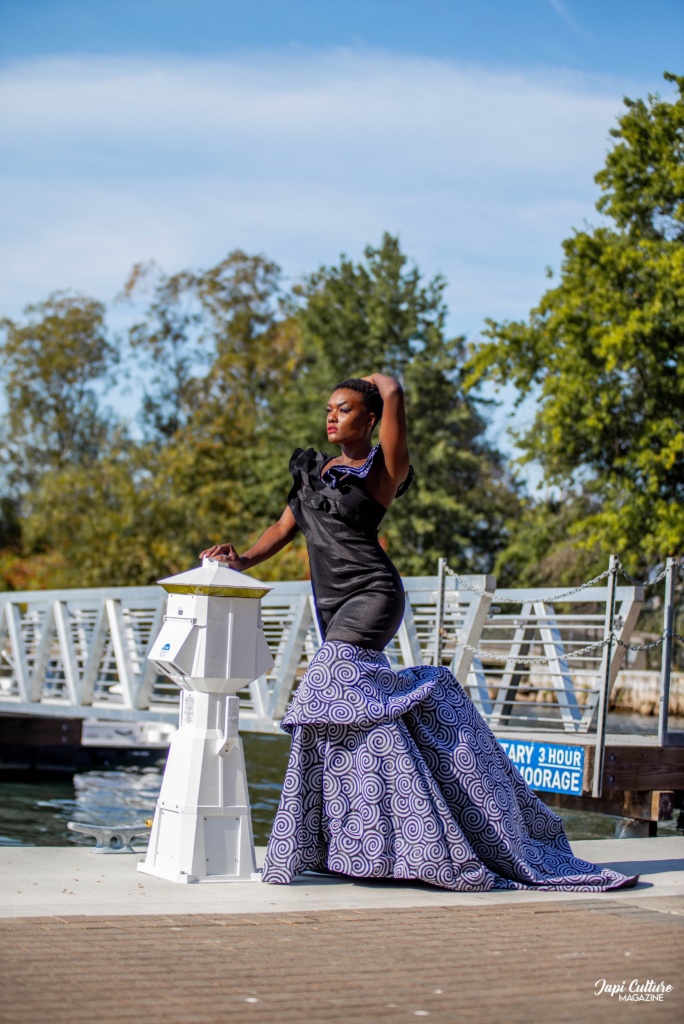African fashion has emerged as a vibrant and influential force in the global fashion industry, captivating audiences with its rich cultural heritage and innovative designs. From the ancient civilizations of Africa to the contemporary runways of the world, African fashion has undergone a remarkable journey of rediscovery and redefinition. This article explores the origins, diversity, and impact of African fashion, highlighting its ability to weave together tradition, creativity, and a celebration of African culture.

- A Tapestry of Tradition: African fashion finds its roots in the ancient civilizations that flourished across the continent. Throughout history, different regions and ethnic groups developed distinct textile production techniques and clothing styles, showcasing their cultural heritage. From the intricate weaving of West African kente cloth to the colorful beadwork of the Maasai people, African fashion embraces and preserves centuries-old traditions.
- Vibrant Fabrics and Patterns: A defining characteristic of African fashion is its use of vibrant fabrics and patterns. Traditional African textiles, such as Ankara, Kente, Adire, and Kitenge, feature bold colors, geometric shapes, and intricate motifs. These fabrics not only serve as a means of personal expression but also carry significant cultural and symbolic meanings, representing love, prosperity, spirituality, and more.
- Contemporary Innovations: African fashion has experienced a renaissance in recent decades, with designers infusing traditional elements with contemporary aesthetics. The emergence of African fashion designers on the global stage has brought fresh perspectives and creative interpretations of African style. Designers like Ozwald Boateng, Lisa Folawiyo, and Xuly Bët have gained international acclaim for their ability to blend African prints, textures, and silhouettes with modern fashion trends, creating unique and captivating designs.
- Impact on the Global Fashion Scene: The influence of African fashion extends far beyond the continent itself. African-inspired prints, fabrics, and designs have found their way onto the runways of major fashion capitals and into the collections of renowned designers. The global recognition and appreciation for African fashion have provided opportunities for African designers to showcase their talent, expand their reach, and contribute to the economic growth of the African fashion industry.
- Empowering Communities: African fashion has become a catalyst for economic empowerment and social change within African communities. By promoting local craftsmanship and supporting sustainable practices, the industry creates job opportunities and preserves traditional artisanal skills. African fashion enterprises also foster entrepreneurship, providing platforms for local designers to thrive and promoting a sense of pride and cultural identity among Africans.African fashion is a dynamic tapestry, intricately woven with cultural heritage, creativity, and a celebration of African identity. From its ancient origins to its contemporary innovations, African fashion has evolved, capturing the attention of global audiences and leaving an indelible mark on the fashion industry. As the world continues to embrace the diversity and beauty of African fashion, it is crucial to recognize and support the talented designers and artisans who contribute to its growth, ensuring that African fashion continues to inspire, empower, and showcase the rich tapestry of African culture for generations to come.
